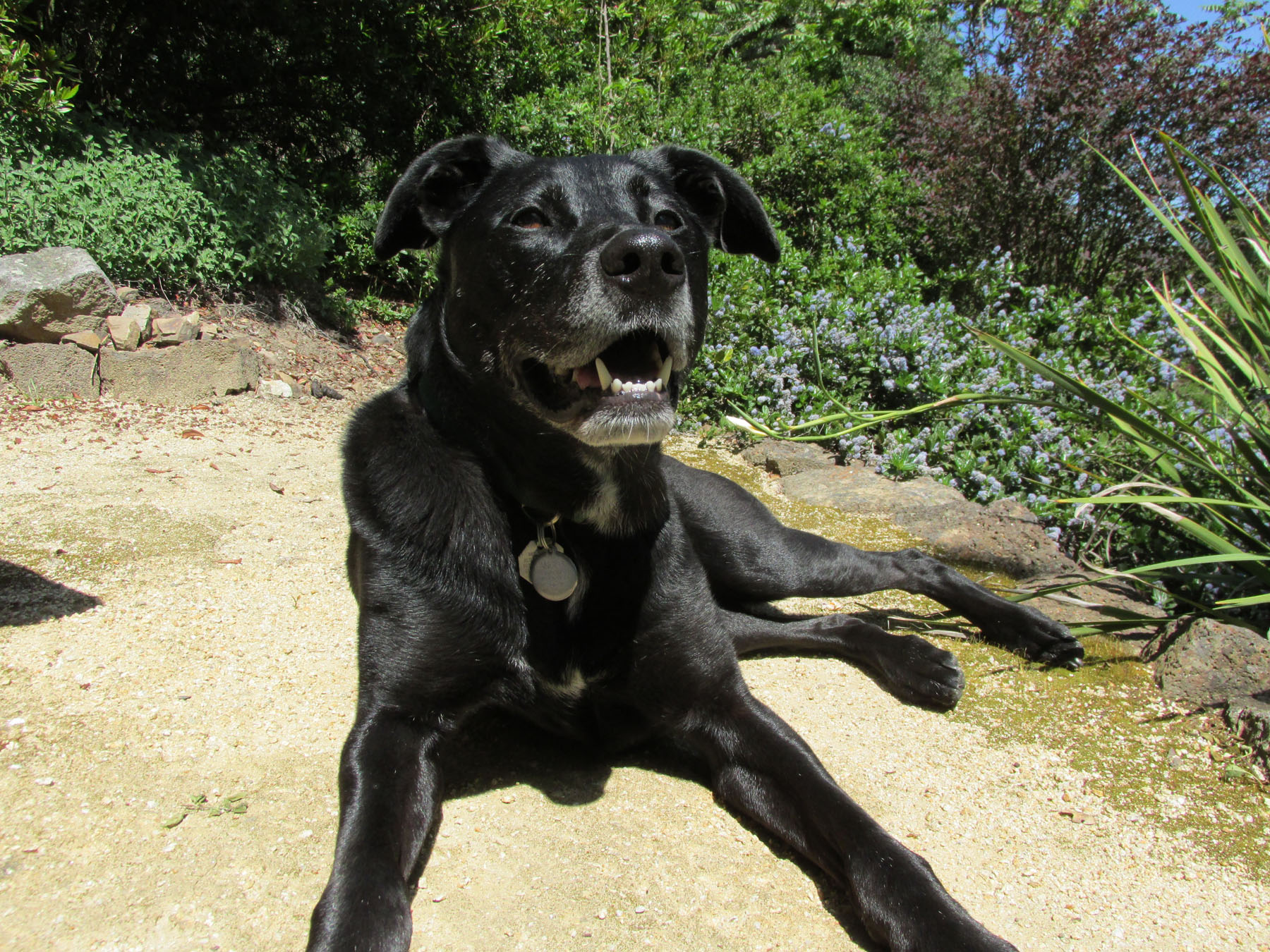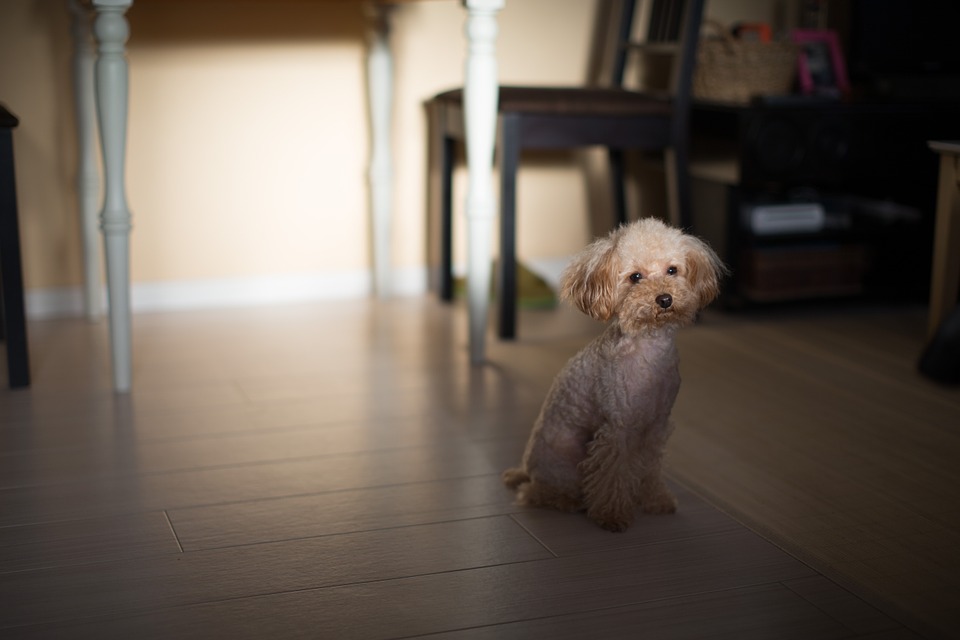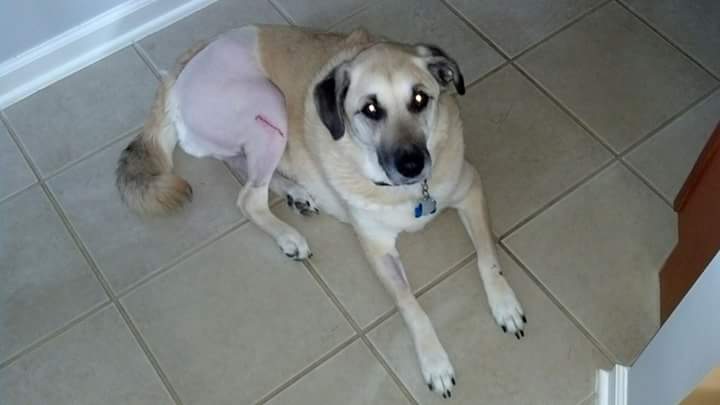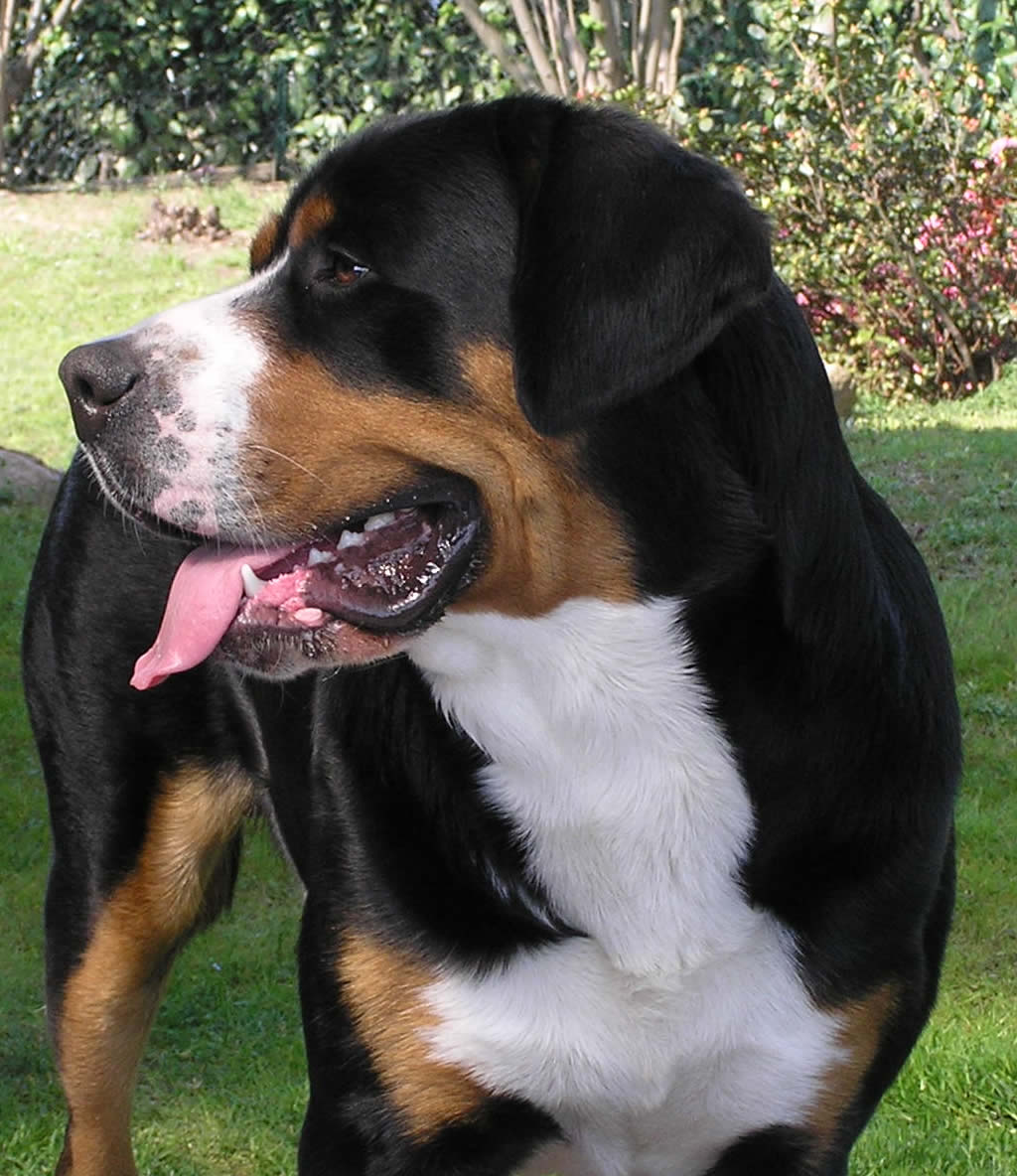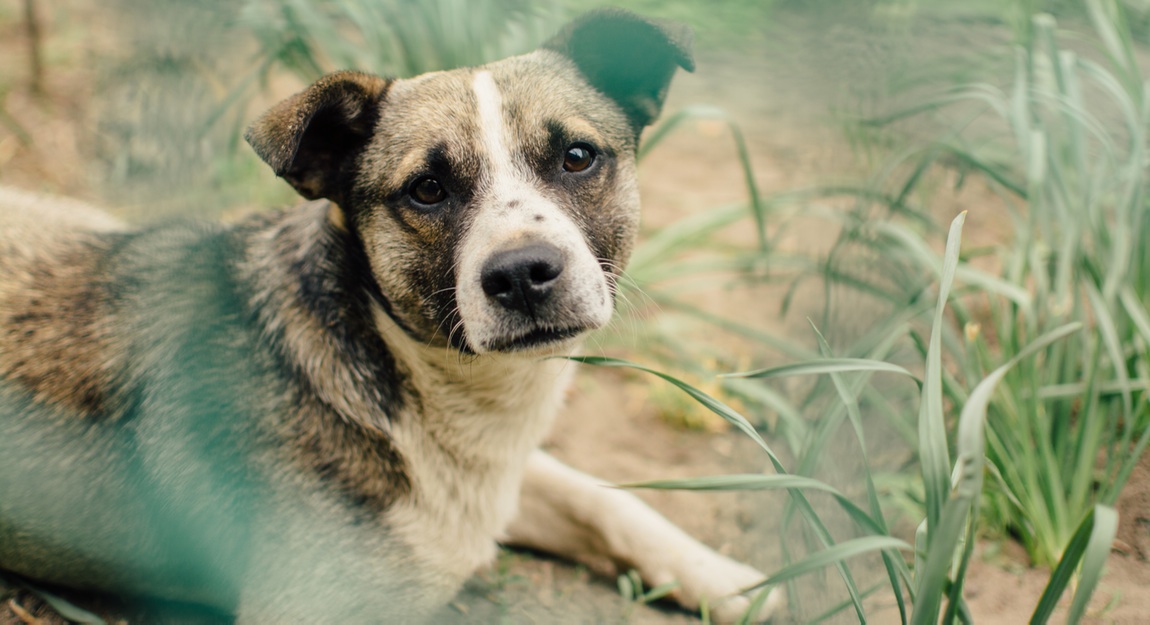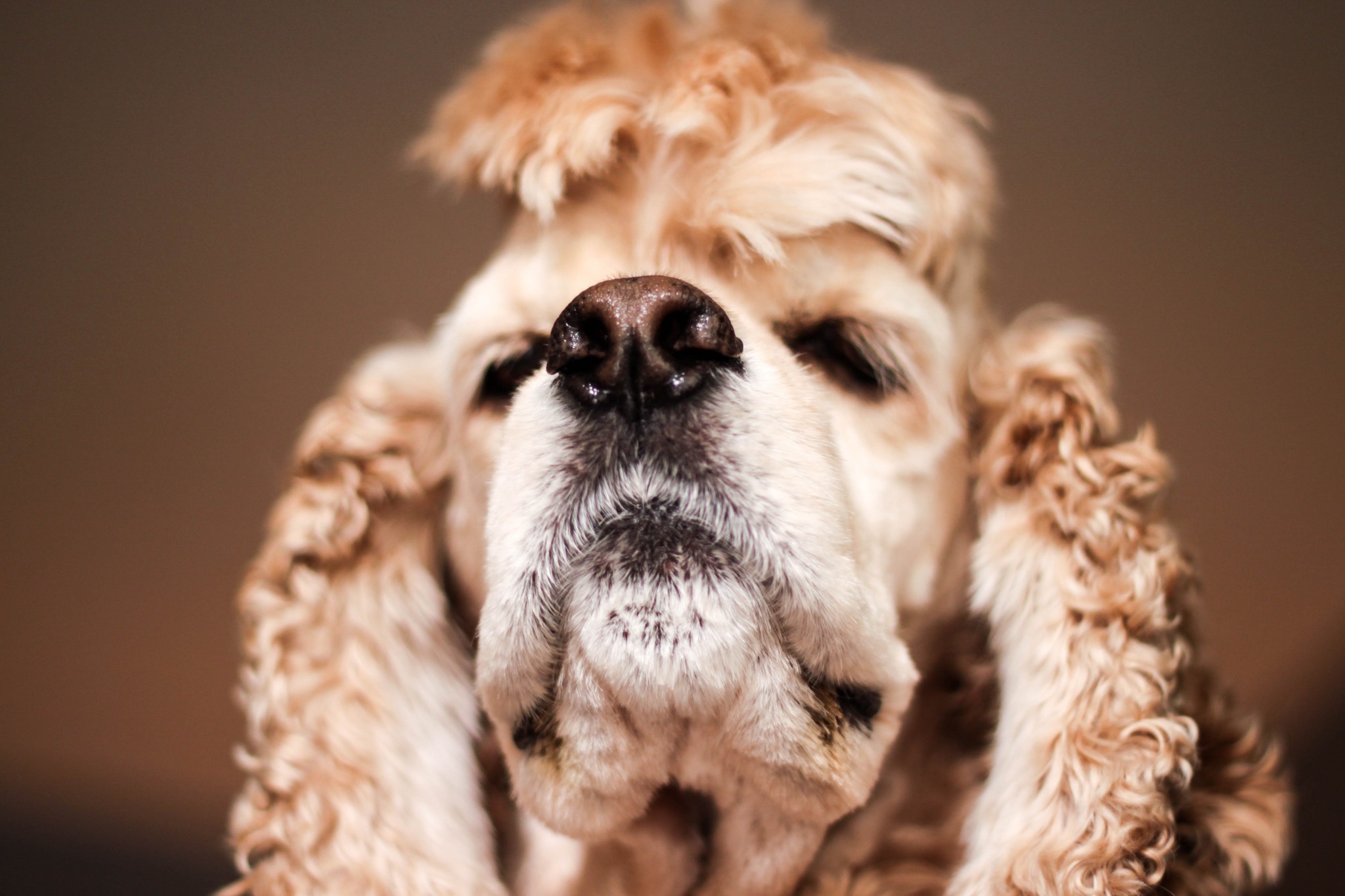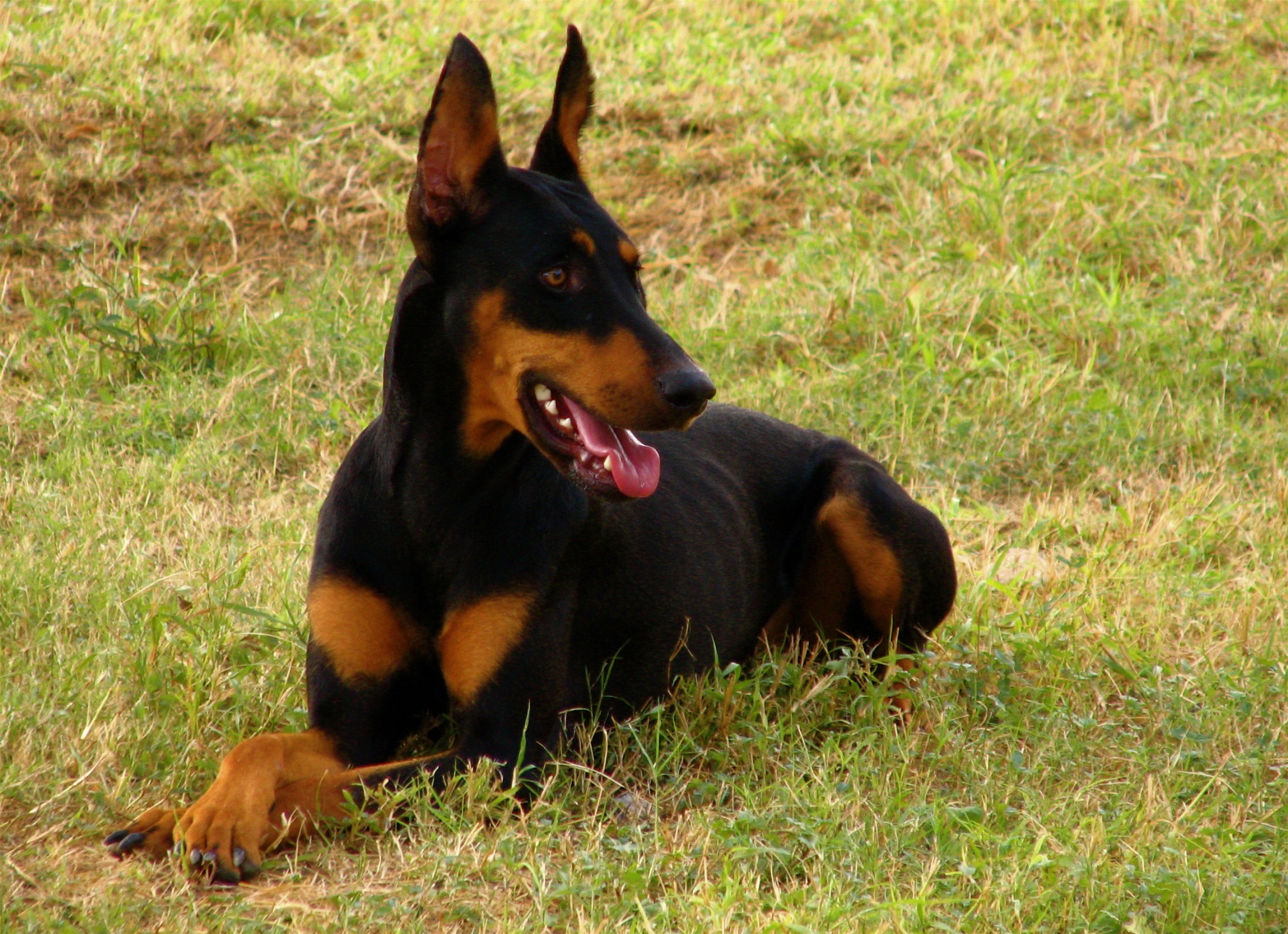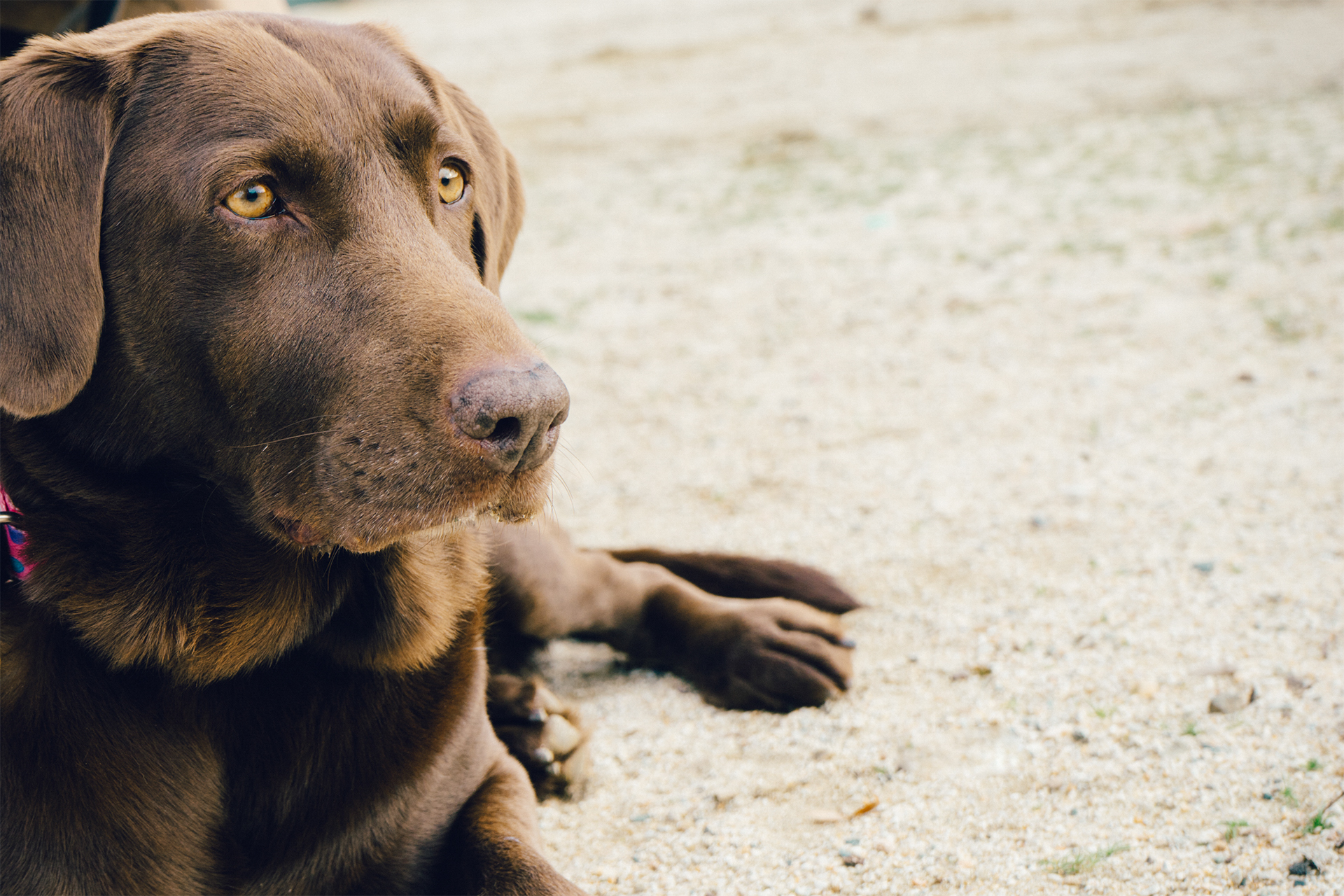
Daisy is a 4yr old GoldenDoodle. Recently she ruptured both CCLs, jumping up on our deck. Both Daisy’s hind legs were lame and she was unable to stand.
Bilateral TPLO Surgery
A week following the injury she had a TPLO performed on both knees at the same time. The surgeon choose TPLO for her because of her height (standard poodle cross), her weight (90lbs), and the fact that she would have to support both legs through rehab (he chose the heaviest of the plates). The surgical hospital at West Toronto Veterinary was exceptional. I can not say enough about the care, communication, and support we received from them.
 Daisy’s surgery went very well. She stayed overnight because of the bilateral repair. She also went home on a weeks worth of antibiotics because of the increased risk of infection. Daisy is 1 week post op right now, she has had a very typical recovery so far.
Daisy’s surgery went very well. She stayed overnight because of the bilateral repair. She also went home on a weeks worth of antibiotics because of the increased risk of infection. Daisy is 1 week post op right now, she has had a very typical recovery so far.
Day 1
Sleep.
Day 2
Sleep, ice incision (I kept sticky bandage on incision to keep area clean). She has some bruising and has developed “fluid sacks” around her hocks, which we massage constantly. Assist her via sling to backyard for pee, she could not stand and chose to pee laying down (broke my heart).
Day 3
Sleep, ice incision, assist her via sling to pee. To our amazement she half squatted with shaky legs and eliminated both.
Day 4
Sleep (although I cut back on her Tramadol from 200mg every 8 hours to 100mg every 6 hours and she seems to be alright with it). Her appetite is poor; she will not eat her regular kibble and I’ve taken to cleaning out the freezer and mixing her kibble with cut up chicken, beef, pork or fish. Daisy needs help to lift her back end up via the sling, but amazed us again by walking gingerly without the sling about 12 feet.
Day 5
Using warm moist heat packs on both legs, and started passive range of motion (which she hates). I don’t push or stress her, she walked with assistance and without approx. 30 feet today. Better and better everyday, “fluid sacks” are gone, continue with warm moist heat and range of motion, walking with sling and without approx. 30 feet several times a day.
Day 6
Daisy is still unable to raise herself up from a sitting position but I’m sure that will come with time. She is walking more without the sling and I use it now only to raise her from a sit to stand. Leash walking is not an issue since she only walks short distances and lies down.
Day 7
Going to push her just a bit to walk several times very short distances…. crossing my fingers!!!!
Bilateral TPLO Surgery – Daisy the Goldendoodle is a post from: Dog Knee Surgery and Ligament Injuries
















